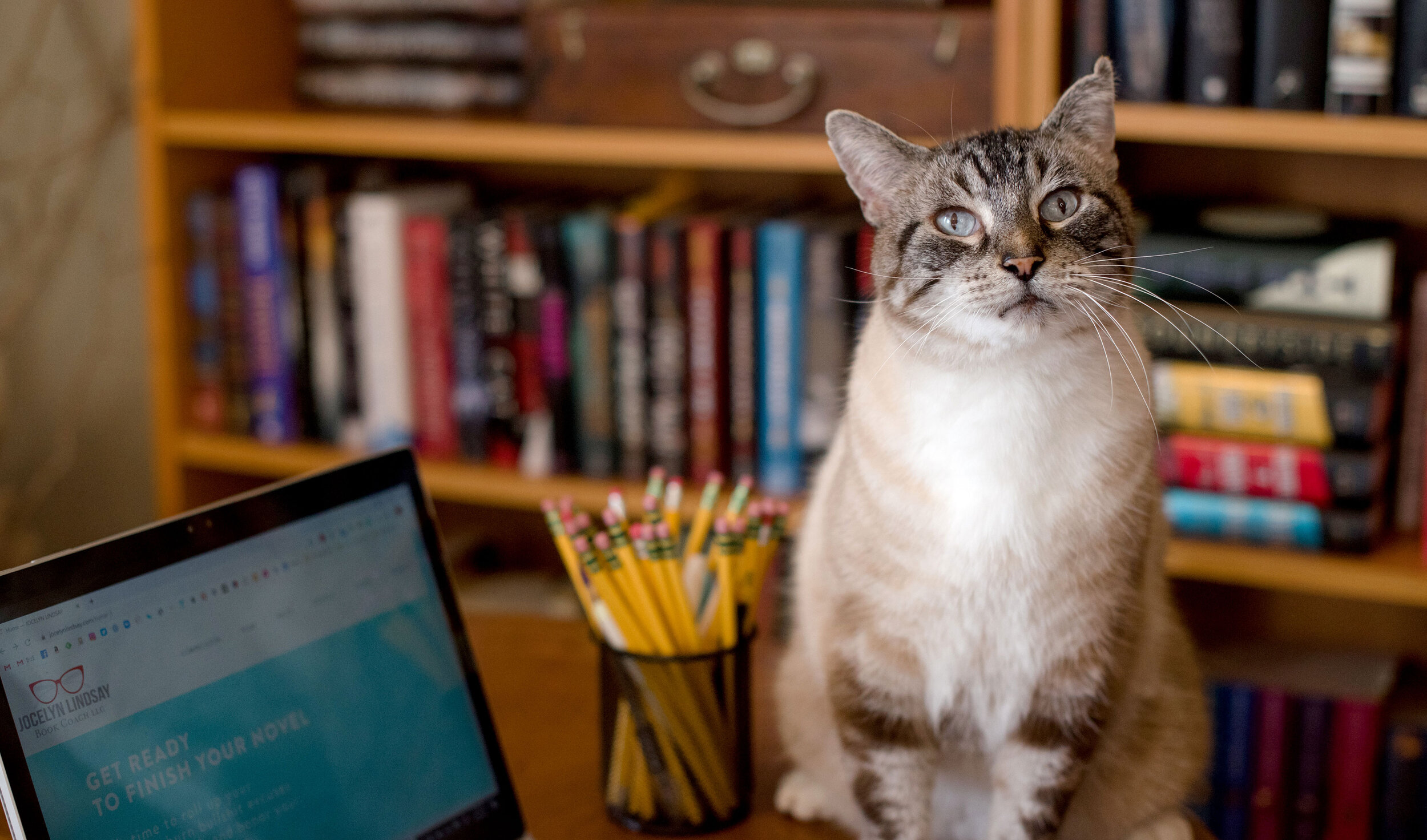one thing that will help your writing right now
When it comes to creating your characters, you need to be a fanatic about the details.
The more specific the details, the better.
And not a dissertation of eye color, hair length, clothing, etc.
We're looking for the external and internal details that make your character unique from every other character in the book.
External: Experience. Childhood. Employment. Economic class. Vocabulary. Etiquette.
Internal: Prejudices. Education. Goals. Motivations. Fears.
Character specific details keep your characters from sounding like a plywood painted characters with a hole in their faces that tourists stick their head through and take a picture.
(Say Cheese! Now your The Abominable Snowman! )
Here are three different characters observing the death of their sister from Barbara Kingsolver’s, THE POISONWOOD BIBLE:
“As we watched in dismay, I remember thinking I should pay attention to where the buttons fell, so I could help her sew them back on later. Buttons are so precious here. The strangest things I thought of, so ridiculous. Because I couldn’t look at what was in front of me.” - Leah
“I was not present at Ruth May’s birth but I have seen it now, because I saw each step of it played out in reverse at the end of her life. The closing parenthesis, at the end of the palindrome that was Ruth May.” - Adah
“There is a strange moment in time, after something horrible happens, when you know it’s true but you haven’t told anyone yet. Or all the things, that is what I remember most. It was so quiet. And I thought: Now we have to go in and tell Mother. That Ruth May is, oh sweet Jesus. Ruth May is gone.” - Rachel
Notice how each sister sounds distinctly unique from the others.
Leah would no sooner say palindrome than Rachel would care about buttons. We know this because each sister is wholly distinct from the other.
They may come from the same family, but they have different experiences with their parents, each other, their environment. They have different fears and goals. Which causes different emotional responses. And it comes through in each of their individual chapters.
These types of specific details allow your readers to picture your characters as, at best, real people that they might meet for lunch. But we’ll settle for readers seeing your novel playing like a movie in their head.
Readers want to connect with your characters. Give them that connection.
Vague generic details are squishy. They can be anyone. Anywhere. Like plain white bread. Squishy white bread.
You want your characters to be hearty and crunchy, fill your ready up, like homemade jam on a piece of hot-out-of-the oven seven grain bread. Maybe even break a tooth crunchy.
Let me show you what I'm talking about.
Before detail: She walked out of the apartment, and slammed the door behind her.
After detail: This was it. Her grand exit, stage right. She slammed the door behind her hard enough that it shook on its hinges. Through the wall she heard glass crash from the portrait of her in-laws smashing to the floor. That should do it. She’d never liked them anyway. Today was the day. No more matching tinsel jingle-bell sweater bullshit Christmas dinners. Any tears she might have shed? Gone. Adios. Hasta la vista baby. She was free.
See the difference?
Your audience wants to be inside your character’s skin. Not sitting on her shoulder.
Open your character’s noggin and let your audience in.
They want to read about:
The congealed mystery cheese on the cold pizza the delivery guy just dropped off.
Misfiring machine gun sounding cat puke in the middle of the night.
How wonderful it feels to crawl into the still-warm sheets freshly washed and made bed.
Specific character details will make your characters stand out from the vast, nameless **YAWN** cast of anonymous thousands.
You want your characters to be unforgettable. Give us the details.
The details are what we take with us when we get to The End.
"I ate his liver with some fava beans and a nice chianti.”
Decades later, this line of dialogue is still fabulously horrific. We can see Lecter perfectly, the brilliant forensic psychiatrist moonlighting as a cannibalistic serial killer.
(Lecter is without doubt a break your tooth crunchy character.)
These types of characters cause readers to turn pages when they should be going to bed because they have to get up for work in the morning and they're too scared to put the book down because they have to know what happens next!
And you want your readers dragging butt into work exhausted the next morning telling all their co-workers about your book.
Hello!
My name is Jocelyn.
Story warrior, book lover, day dreamer, gardener, and creative. I help serious writers roll up their sleeves, get their novel ready for publishing, and reach readers. When I’m not elbow-deep in the story trenches, I’m outside world-building in my garden and battling weeds with my three criminal mastermind cats.
GET IT NOW
Don’t write another chapter until you grab the 10 Step Chapter Checklist.
Transform your chapters from blah to badass.


